Home cooking in Asian countries: How Cooking Frequency Reveals Differences in National Eating Habits
- Release date: Oct 31, 2025
- Update date: Oct 31, 2025
- 2301 Views
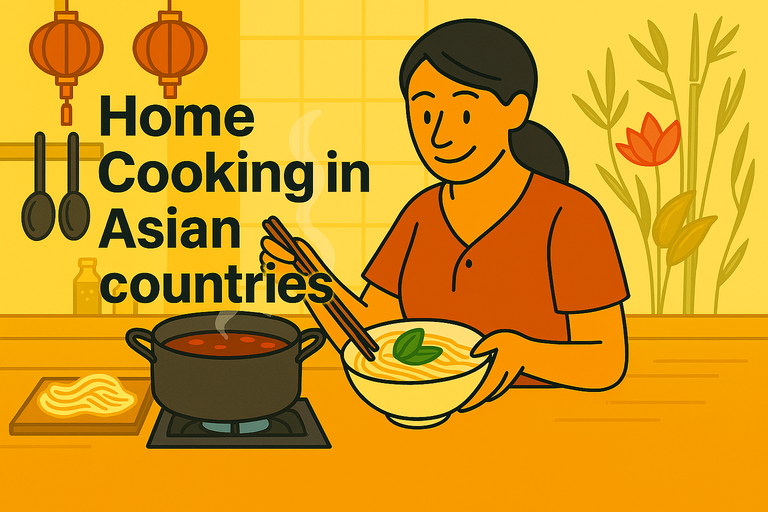
In Asian countries where the culture of eating out has developed, whether people cook at home or not serves as a mirror reflecting that nation's culture—its standard of living, values regarding food, and work styles. While dietary habits are changing rapidly due to urbanization and the increase in dual-income households, the direction of this change varies by country.
This article compares cooking frequency by household income bracket across five countries: China, Taiwan, Indonesia, Thailand, and Vietnam. We examine the differences at Asian dining tables through quantitative data and real-life visual data.
目次
1. Does the tendency to cook at home vary by household income?
According to Intage's overseas resident data “Global Viewer (2024)”*, distinct patterns emerge by country in the frequency of home cooking on weekdays across different household income levels (socioeconomic class/SEC).
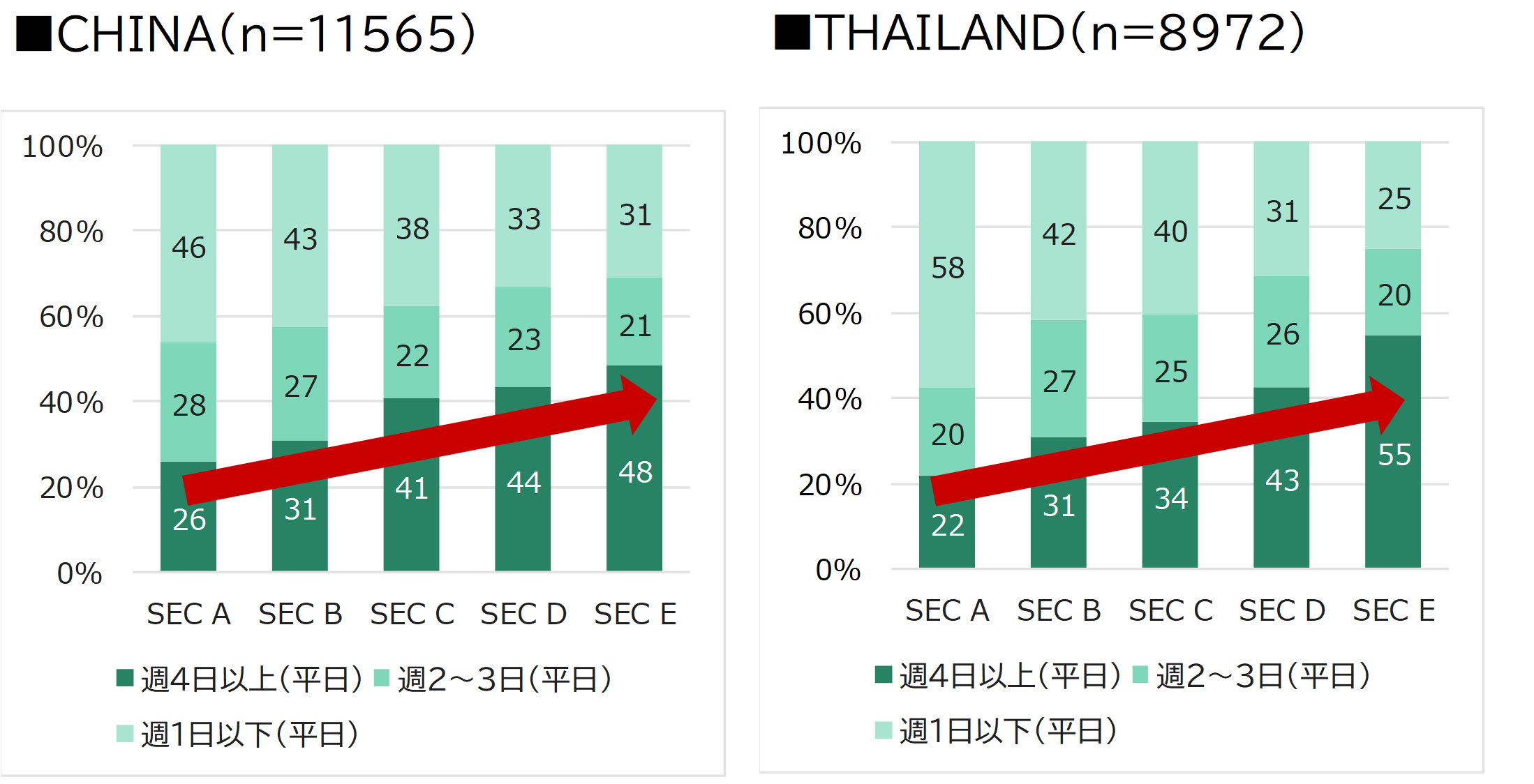
Figure 1: Home Cooking Status by SEC in China and Thailand During a Weekday Week
Source: INTAGE Global Viewer (2024)
*About Global Viewer
This service provides reports tailored to your issues using questionnaire data on various actual conditions and attitudes of sei-katsu-sha in 11 countries (Asia and US) stocked by INTAGE.
The service covers 400 items, including actual behavioral conditions and awareness, values, and information contact related to various product and service categories.
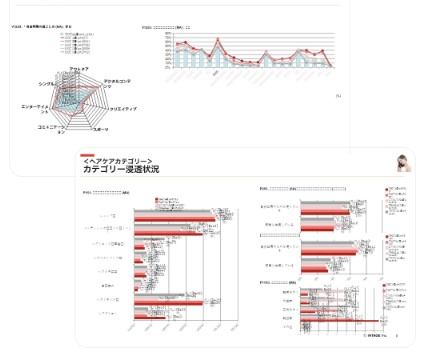
In China and Thailand, lower-income households tend to cook at home more frequently.
In China, approximately 48% of low-income households (SEC E) cook at home four or more days per week, while only 26% of high-income households (SEC A) do so.
Similarly in Thailand, 55% of low-income households cook at home compared to 22% of high-income households, suggesting home cooking is seen as a means of saving money.
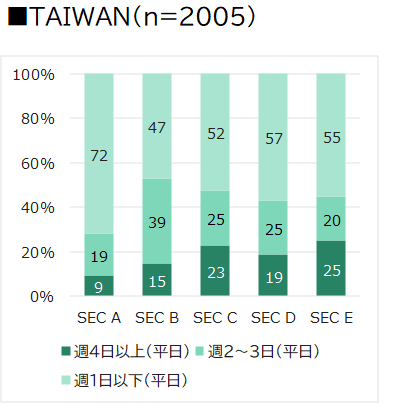
Figure 2: Home Cooking Status by SEC in Taiwan over a Weekday Week
Source: INTAGE Global Viewer (2024)
Meanwhile, in Taiwan, the rate of home cooking is uniformly low, with fewer than 20% of people cooking at home four or more days a week. This is likely because night markets and small eateries are abundant, and eating out has become an established part of daily life regardless of income.
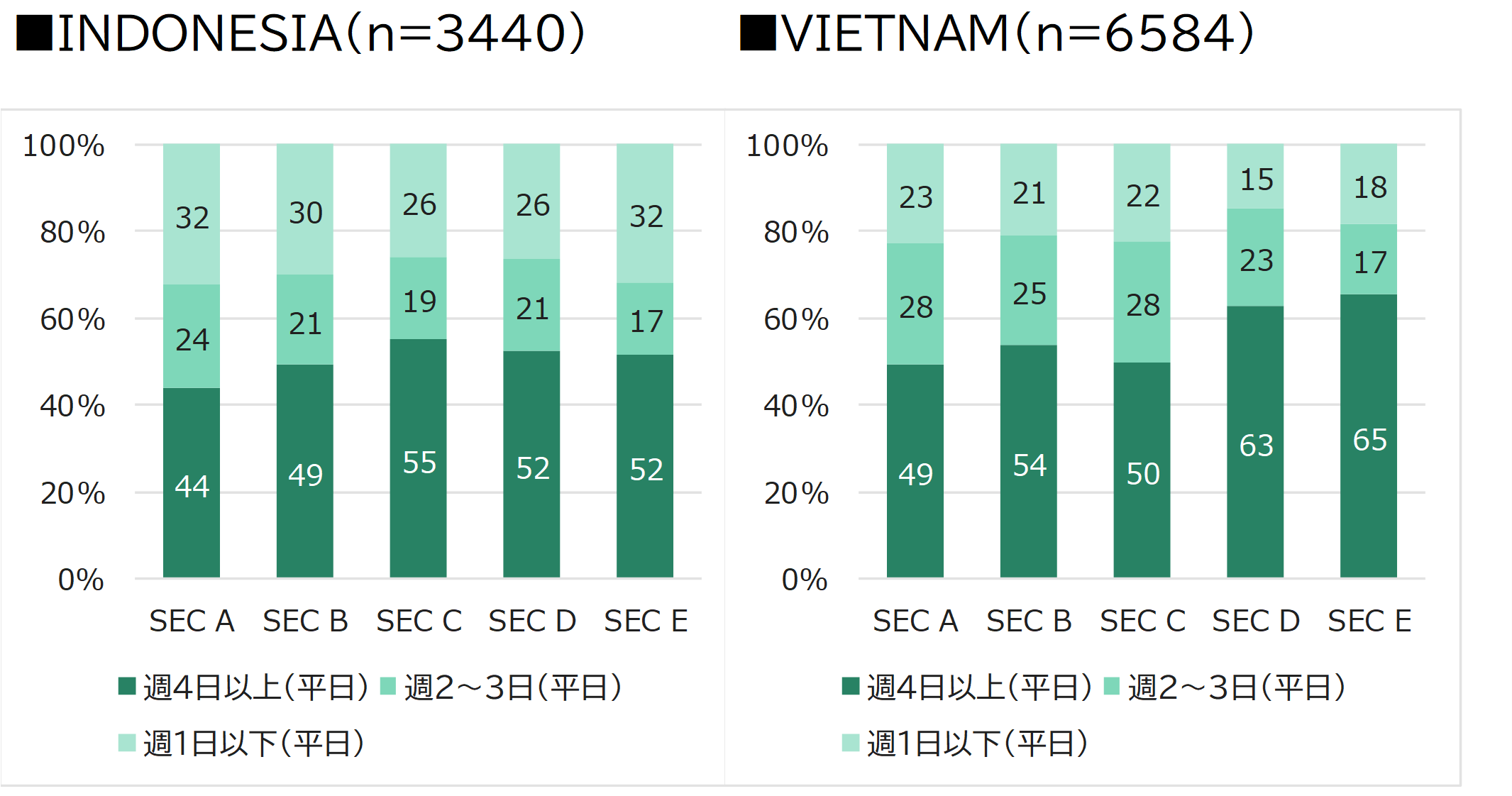
Figure 3: Home Cooking Status by SEC in Indonesia and Vietnam During a Weekday Week
Source: INTAGE Global Viewer (2024)
2. Home Cooking Style as Seen from the Kitchen
Next, we examine the actual state of kitchens and refrigerators in affluent households (married with children) leading dietary trends in each country, categorized into three types.
Images from Intage's overseas consumer visual database “Consumer Life Panorama” reveal lifestyle differences not apparent from quantitative data alone.
(1)Income-Based Type (China)
The kitchens of China's affluent are spacious and well-equipped for cooking, yet their refrigerators contain mostly beverages and condiments, with noticeable empty space.
Meanwhile, the freezers hold items like xiaolongbao and meat, reflecting the effort to save time and effort in balancing work and household chores—a common challenge among China's affluent, where dual-income households are prevalent.

Photo ①: Kitchen Conditions in a Chinese Married Woman's Household
(3-Person Family,Monthly Household Income CNY 30,000 / Approx. ¥650,000)
Source: Consumer Life Panorama (CN_52)
What is Consumer Life Panorama?
This is a website-type database that has accumulated visual data on more than 1,000 sei-katsu-sha from 18 countries around the world. The database includes many 3D models of living environments and 2D data of items owned by each sei-katsu-sha, and is useful for understanding overseas sei-katsu-sha, which is difficult to grasp using only letters and numbers.
Using visual data such as those cited in this column,
Compare the differences in the attributes of overseas consumers
To get a realistic understanding of the actual usage of each category
To understand the overall lifestyle of target consumers
etc., can be utilized as a “no-go” home visit survey.
Let's also take a look at the kitchens of China's middle class for comparison.
Middle-class kitchens tend to be long and narrow, with a lived-in feel.
The refrigerator is often filled with fresh ingredients, clearly showing that cooking is a regular part of daily life.

Photo 2: Kitchen Conditions in a Chinese Married Woman's Household
(3-Person Family, Monthly Household Income CNY 9,000 / approx. ¥190,000)
Source: Consumer Life Panorama (CN_48)
Looking at delivery usage rates, 42% of high-income households use delivery services 2-3 times per week, compared to only 23% of middle-income households. It appears that lower-income households are more likely to cut back on eating out and delivery services to save money, placing greater emphasis on home cooking.
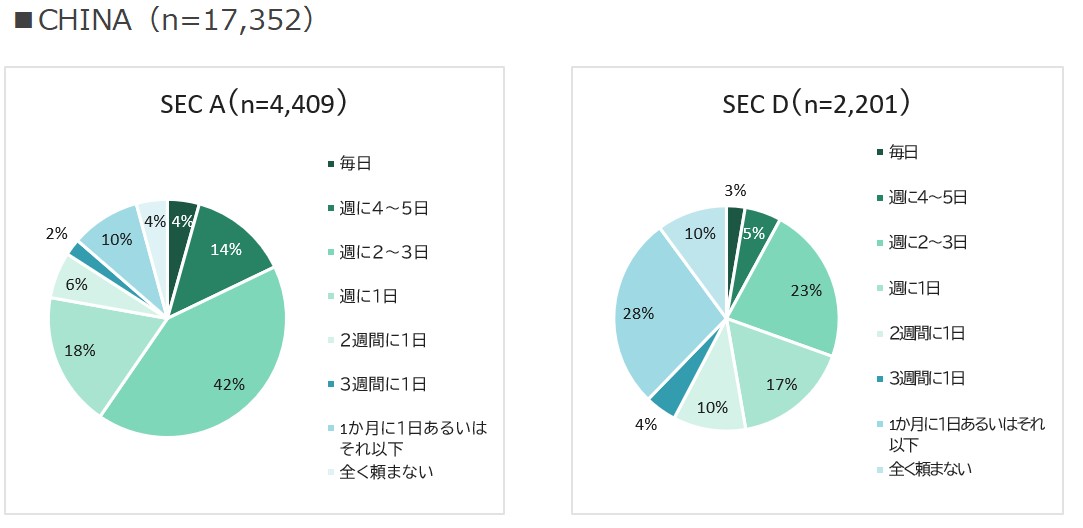
Figure 4: Monthly Delivery Usage Frequency by SEC in China
Source: INTAGE Global Viewer (2024)
(2) Dining Out Type (Taiwan)
The kitchens of Taiwan's affluent class tend to have somewhat limited cooking space. While refrigerators contain beverages, seasonings, and small amounts of prepared food, they often have significant empty space.
Conversely, freezers are packed full of meat, fish, and frozen foods, reflecting a strong tendency to prioritize storage.
In Taiwan, where the culture of eating out is well-developed, the kitchen seems to serve more as a “storage space” than a “place for cooking.”

Photo 3: Kitchen Conditions in Taiwan - Married Woman, Family of Three, Monthly Household Income TWD 130,000 - 169,999 (approx. ¥650,000 - ¥850,000)
Source: Consumer Life Panorama (TW_11)
(3) Lifestyle-Based (Vietnam)
In affluent Vietnamese households, spacious kitchen areas feature containers of prepared meals and fresh ingredients, with freezers also stocked with numerous food items.
The kitchen space is notably larger than other areas and connects to the living/dining space, conveying that “preparing and sharing meals” is central to daily life.
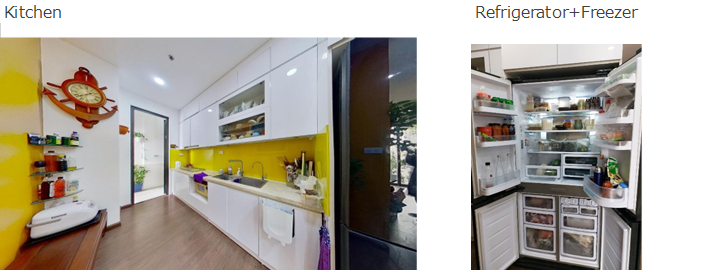
↓ The kitchen and dining area are connected, with clear pathways maintained.
(※In the actual Consumer Life Panorama database,
you can understand the space and lifestyle flow as if you were actually visiting the house using a 3D model.
Click here for demo website.)
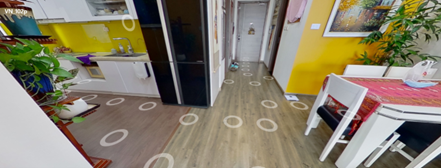
Photo 4: Kitchen Situation of a Married Woman in Vietnam with a Family of Three,
Earning VND 13,000,000/MONTH (approx. ¥76,000/month)
Source: Consumer Life Panorama (VN_102)
3. Summary
The frequency of home cooking and how kitchens are used reflect more than just differences in household chores; they mirror the lifestyles of each country. Income-driven approaches emphasize rationality, dining-out-oriented approaches prioritize convenience, and lifestyle-driven approaches reveal family-centered cultures, all reflected at the dinner table.
Even everyday scenes like refrigerator contents and kitchen size offer glimpses into differing national values. Understanding these consumer perspectives can provide valuable insights for product development and marketing in Asian markets.
-
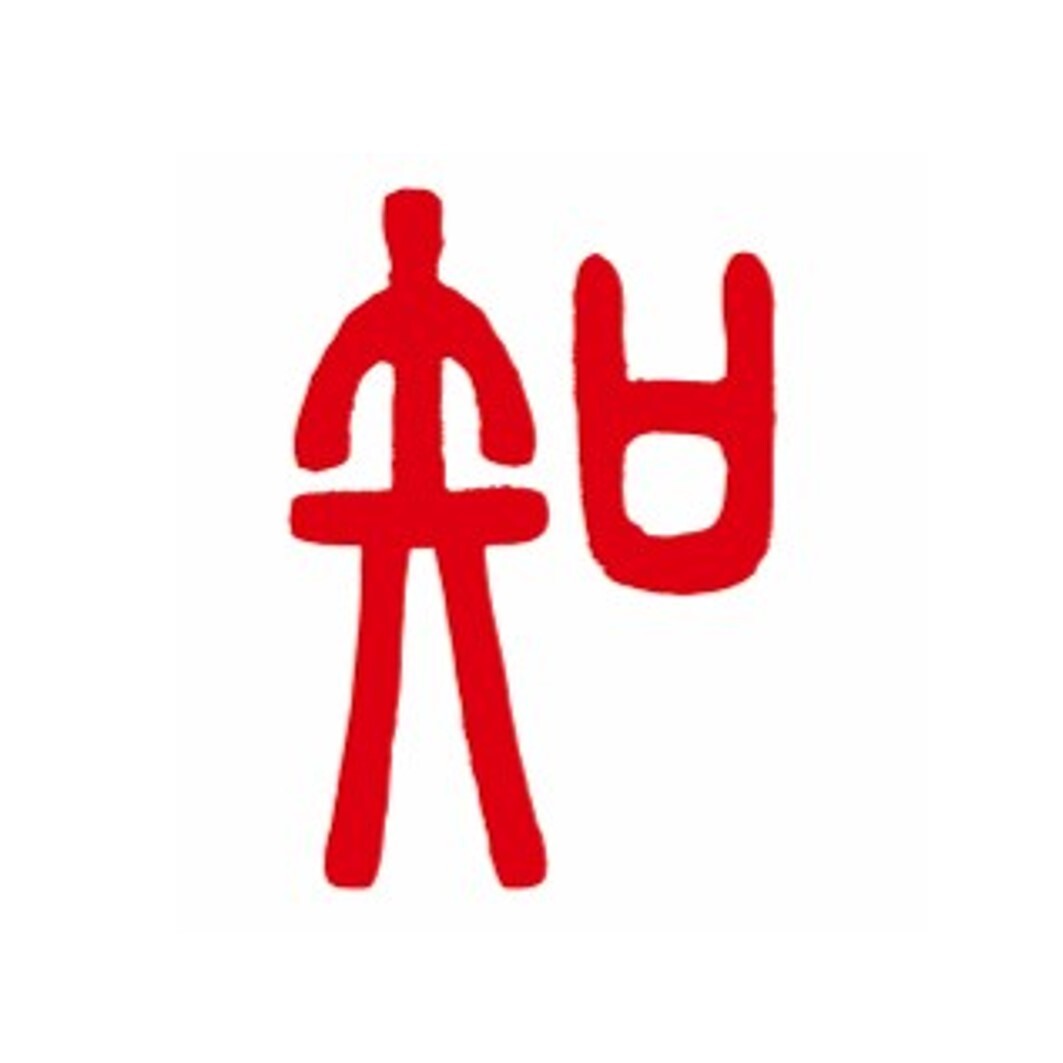
Author profile
Yuki Kagami
Since 2017, I have been engaged in supporting and assisting marketing activities for manufacturers of daily food, beverages, and sundries in my current position.
I am from Tokyo. My hobbies are watching baseball and photography. The dish I would like to eat again is “Hoo,” which I had when I visited Laos. -

Editor profile
Chew Fong-Tat
Malaysian researcher who has lived in Japan for 14 years and has handled many surveys on ASEAN countries.
 Global Market Surfer
Global Market Surfer CLP
CLP
